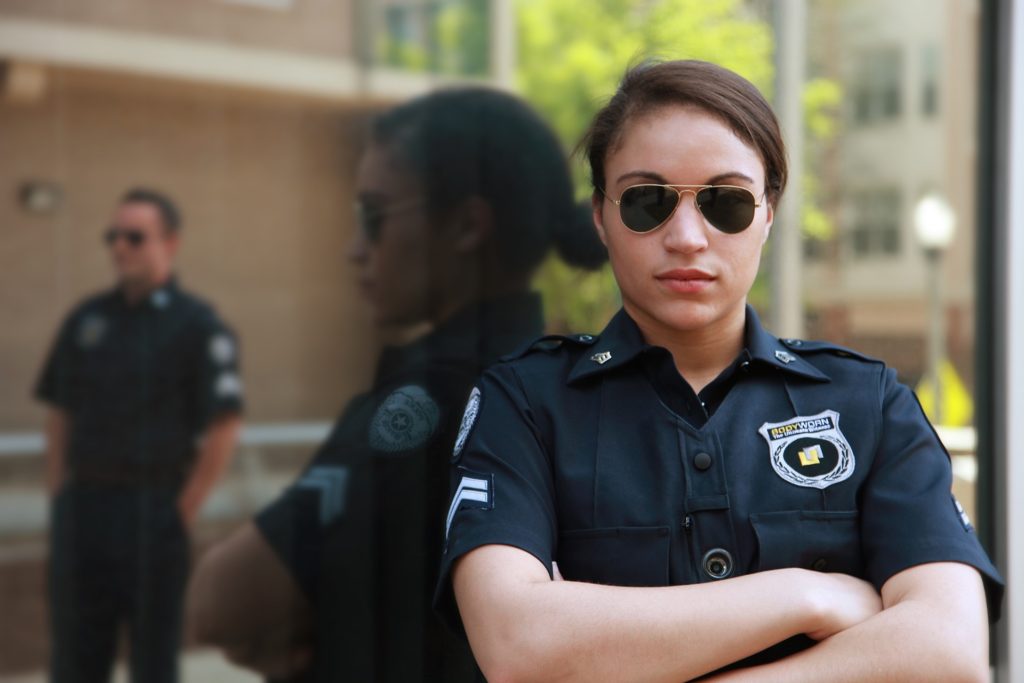
X V. Y, 2011 BCSC 944
In the case of X V. Y, 2011 BCSC 944 (“X. V. Y.”), the Court determined the appropriate apportionment of liability for a serious collision that arose out of unique factual circumstances. The Plaintiff, Mr. X., was an R.C.M.P. officer who was responding to an urgent emergency situation after the collapse of an overpass on the Lougheed Highway in Coquitlam. The Plaintiff was riding a police motorcycle with lights and sirens activated when he was struck by the Defendant, Mr. Y., who was executing a U-turn to avoid backed-up traffic near the collapsed overpass.
The evidence of the case critically disclosed that the Plaintiff had activated his emergency lights and sirens and repeatedly sounded his air horn when responding to an active “Code 3” call. Code 3 calls require responding officers to activate their lights and sirens and proceed to the scene of the emergency at a safe and reasonable speed.
At the time of the collision, the Plaintiff was travelling northbound on a flat median which separated the highway’s two northbound and two southbound lanes. As the Plaintiff was travelling northbound, the Defendant pulled out of the northbound lane in a large pick-up truck, turning directly in front of the Plaintiff. As the Defendant pulled in front of him, the Plaintiff realized that no evasive action could prevent the impending collision and decided to lay down his motorcycle. As the Plaintiff laid down the motorcycle on its left side, he dismounted the bike and “made a conscious effort to tuck himself into a ball by bringing in his legs and arms before landing on the pavement” (at para. 22). The Plaintiff had learned this method of dismount during his training with the emergency response team in the Armed Forces. All these decisions and actions by the Plaintiff would be considered by the Court when it turned its attention to the issue of contributory negligence.
LIABILITY OF THE DEFENDANT
In terms of the liability of the Defendant, Mr. Y., the Court found that he “violated s. 163 of the MVA by making a U-turn on a divided highway and in breaching the law, he was under a heightened duty of care” (at para. 39). The Court found that the Defendant was not being cautious when executing the U-turn, and was not responding to the directions of any of the emergency personnel who were tending to the situation with the collapsed overpass. The evidence disclosed that if the Defendant had looked carefully before making the U-turn, he would have seen the Plaintiff. In finding the Defendant liable for the Plaintiff’s extensive injuries, which included fractured vertebrae, the Court held at paragraph 40 that:
WHILE RECOGNIZING THAT A BREACH OF THE MVA ALONE IS NOT DETERMINATIVE OF NEGLIGENCE, I FIND THAT THE DEFENDANT CLEARLY FAILED TO KEEP A PROPER LOOKOUT AND TO TAKE APPROPRIATE CARE IN THE CIRCUMSTANCES: DHAH V. HARRIS, 2010 BCSC 172; DICKIE ESTATE V. DICKIE AND DESOUSA (1991), 5 B.C.A.C. 37 (C.A.). THE LOCATION AND NATURE OF HIS UNLAWFUL MANOEUVRE IN AN AREA WHERE HE KNEW THERE WERE EMERGENCY VEHICLES REQUIRED HIM TO PAY PARTICULAR ATTENTION. HAD HE LOOKED IN HIS MIRRORS AND CONDUCTED A PROPER SHOULDER CHECK, HE WOULD NOT HAVE INITIATED HIS TURN IN SUCH PATENTLY UNSAFE CIRCUMSTANCES.
CONTRIBUTORY NEGLIGENCE
In terms of the question of contributory negligence, the Court held that “the crucial question is whether the plaintiff failed to take reasonable care for his own safety and the safety of the public, and if so, whether his failure to do so was one of the causes of the collision” (at para. 62). In rejecting the Defendants’ submission that the Plaintiff did not need to drive along the median given that he would not be the first officer to arrive on the scene of the collapsed overpass, the Court held that the Plaintiff acted appropriately given his knowledge of the severity of the situation and the unknown potential for serious injuries (at paras. 63-64).
The Court also found that the Plaintiff was not negligent when he decided to travel down the median and “through the blind-spots of the drivers in the inside northbound land” (at para. 67), as the “reasonable options” available at the time were limited. The Plaintiff’s choice of lane adhered to the standard of care of a reasonable police officer in the circumstances.
While the Plaintiff was aware that vehicles were performing U-turns, the precaution taken in activating all of the motorcycle’s emergency equipment, along with evidence from witnesses who were stopped directly in front of and behind the Defendant and who observed the Plaintiff approaching, proved sufficient to ground a finding that travelling in the median did not constitute contributory negligence.
The Court accepted the Plaintiff’s evidence that he began travelling at a reduced after passing a police roadblock and that he was travelling at this reduced rate of speed at the time of the collision. While the Court found that the Plaintiff was likely travelling at between 55 and 70 kilometres per hour in a 70 kilometre per hour speed zone at the time of the collision, it also held that “even if the plaintiff was travelling at 80 kilometres per hour, I would not be persuaded this constituted a breach of the plaintiff’s statutory duty”. The duty of care in X. V. Y. ultimately required a consideration of the nature of the emergency situation to which the Plaintiff was responding.
Finally, the Court rejected the Defendants’ submission that the Plaintiff should not have “laid down” the motorcycle. In making this finding, the Court held at paragraph 81 that:
THE EVIDENCE ESTABLISHES THAT THE PLAINTIFF HAD NO ESCAPE ROUTE, AND HIS ONLY OPTION TO MITIGATE THE SEVERITY OF THE COLLISION WAS TO LAY DOWN THE MOTORCYCLE. THE MOTORCYCLE WENT DOWN ON ITS LEFT SIDE, WHICH SHOWS THAT THE PLAINTIFF APPLIED COUNTER-STEERING AND STEERED THE MOTORCYCLE IN THE DIRECTION HE INTENDED. HE COULD NOT HAVE SWERVED TO THE RIGHT BECAUSE HE WOULD HAVE COLLIDED WITH THE VEHICLES BEHIND THE DEFENDANTS’ TRUCK. IF HE HAD SWERVED TO THE LEFT, IT WOULD HAVE LIKELY ONLY CHANGED THE LOCATION OF THE IMPACT WITH THE TRUCK.
The Court concluded that the Plaintiff did nothing in derogation of the applicable standard of care, and found that “the plaintiff was exercising his privileges as a police officer pursuant to s. 122 of the MVA, travelling on the roadway where he would not otherwise be allowed to travel” (at para. 82). The Court held that the Plaintiff’s actions were, objective viewed, those of a reasonable police officer in all of the unique circumstances of the case. Because the Defendant, Mr. Y, failed to discharge his burden of establishing contributory negligence on a balance of probabilities, no contributory negligence was apportioned in this case.
CONCLUSION
The Defendant was found wholly liable for the $479,546.82 award of damages made under a variety of heads of damage in X. V. Y. The Plaintiff was not found to be contributorily negligent in any way.
Have a comment? We would welcome your comments directly. lzacharias@www.bakernewby.com


